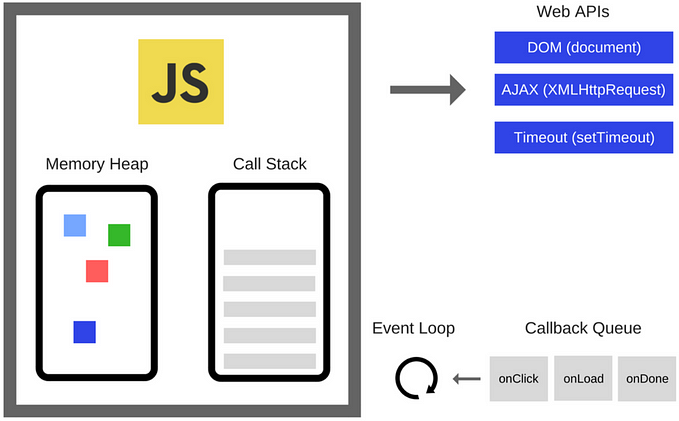Member-only story
Reduce Response Times and Improve Performance with Redis Caching
A beginner's guide to reducing response time when querying data
We live in the age of immediacy, where time is already worth more than money. And that era, combined with the dynamism of the internet, makes our audience more demanding every day.
The content of your website may be excellent, but if the loading speed is not good, will people wait to see it?
According to several studies, half of the users do not wait more than three seconds. This is a challenge for websites such as e-commerce, where users may abandon the page if it does not load almost immediately and lose potential sales.
Caching your web application data could be crucial to solving this problem and providing high-performance gains as you scale.
In recent years, Redis has become the most popular caching database as it allows the website to dramatically increase performance and work more smoothly by accessing data in a matter of milliseconds.
What is Redis?
The Remote Dictionary Server (Redis) is a high-performance open source NoSQL database that is mainly used as a caching solution for various types of applications.
Redis is based on a hash table structure where each key has an associated value. Compared to other Key-Value databases, Redis allows the use of more complex and flexible structures that open up several possibilities for different business application needs.
The use of Redis is highly recommended when access speed and response times are critical for a business solution. Its use is also indicated when working with real-time applications, which require data to be quickly accessible to improve response times. Among the most common use cases we can find:
- Chat and messaging systems
- Listing of the most recent items
- Real-time counters and statistics usage
- Online shopping cart management and administration
- Storing user sessions within an application
- Support for caching web pages








